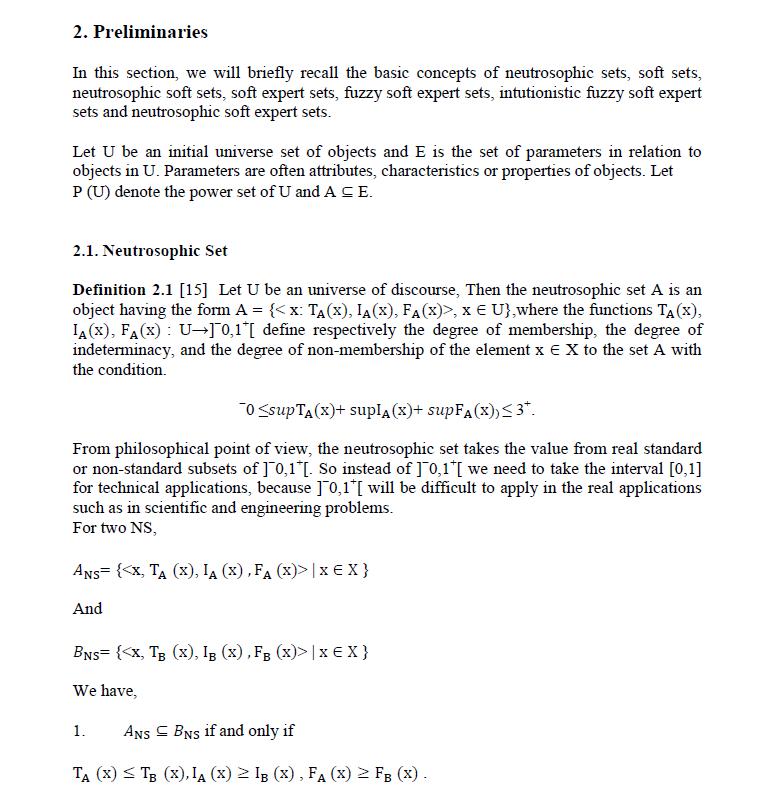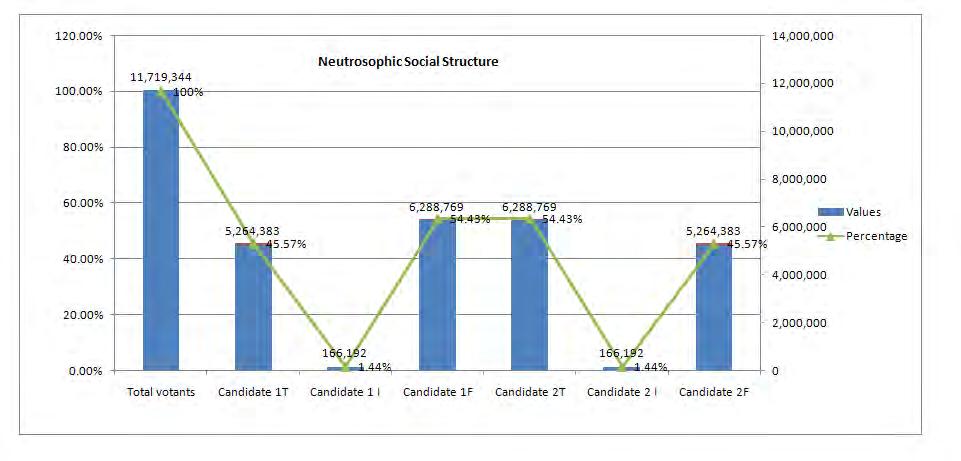
1 minute read
Neutrosophic Transdisciplinarity - Multi-Space & Multi-Structure
Florentin Smarandache
Advertisement
Florentin Smarandache (2013). Neutrosophic Transdisciplinarity - Multi-Space & Multi-Structure. Proceedings of Conference on Multispace & Multistructure, Beijing, 22-24
§1. Definitions
Neutrosophic Transdisciplinarity means to find common features to uncommon entities, i.e., for vague, imprecise, not-clear-boundary entity <A> one has:
< A > < nonA >= ∅, or even more < A > < antiA >= ∅. Similarly, < A >
< neutA >= ∅ and < antiA > < neutA >= ∅, up to < A > < neutA > < antiA >= ∅, where < nonA > means what is not A, and < antiA > means the opposite of < A >.
There exists a principle of attraction not only between the opposites < A > and < antiA > (as in dialectics), but also between them and their neutralities < neutA > related to them, since < neutA > contributes to the Completeness of knowledge. < neutA > means neither < A > nor < antiA >, but in between; < neutA > is included in < nonA >.
As part of Neutrosophic Transdisciplinarity we have the following important conceptions.
§2. Multi-Structure and Multi-Space
2.1 Multi-Concentric-Structure
Let S1 and S2 be two distinct structures, induced by the ensemble of laws L, which verify the ensembles of axioms A1 and A2 respectively, such that A1 is strictly included in A2. One says that the set M , endowed with the properties:
a) M has an S1-structure; b) there is a proper subset P (different from the empty set ∅, from the unitary element, from the idempotent element if any with respect to S2, and from the whole set M ) of the initial set M , which has an S2-structure; c) M doesn’t have an S2-structure, is called a 2-concentric-structure. We can generalize it to an n-concentric-structure, for n ≥ 2 (even infinite-concentric-structure). (By default, 1-concentric structure on a set M means only one structure on M and on its proper subsets.)





